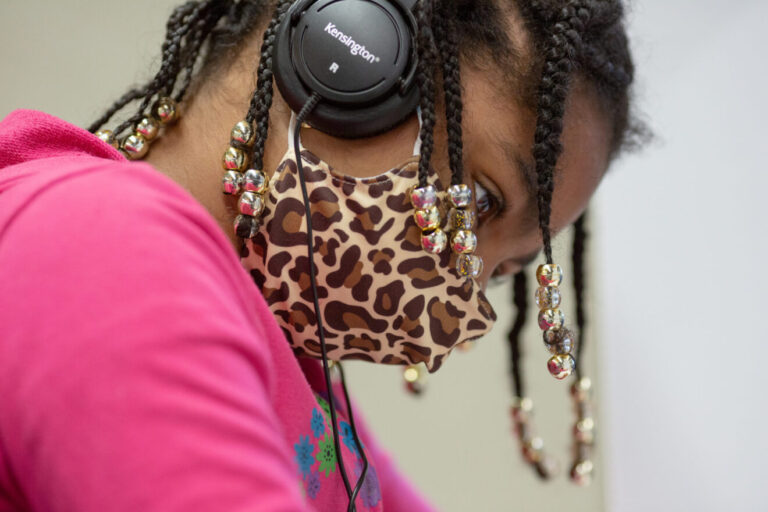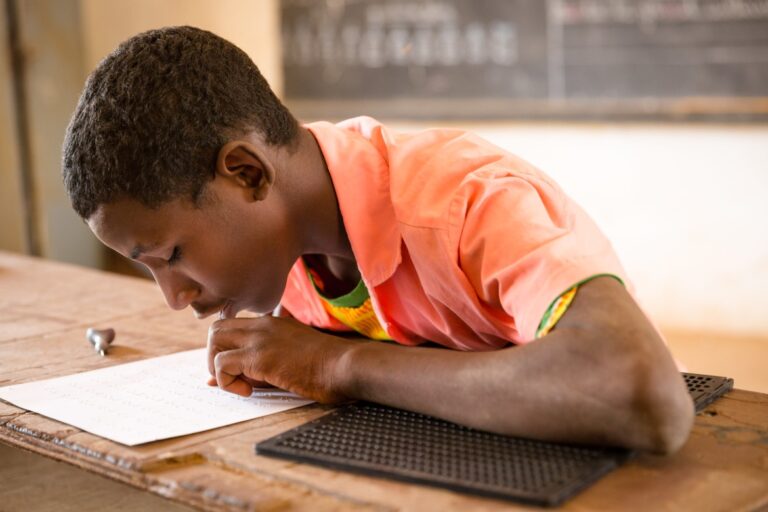Story Source: The Open Book Blog ~ Go to Original Article
As students look to the shelves in their classrooms and school libraries, they seek representations of themselves—characters who look, feel, and experience the world in similar ways. The field of children’s literature continues to problematize the ways our bookshelves perpetuate representations of white, cisgender, heterosexual, and middle-class characters. A term often added to the end of this list is “able.”
Inclusive children’s literature that features characters who are either physically and/or intellectually diverse—characters who have been labeled as disabled—remain few and far between. Additionally, those texts that do exist often follow tropes of pity or dehumanization. These texts have also been heavily critiqued for their over-representation of white male characters who access prosthetics………….…..






